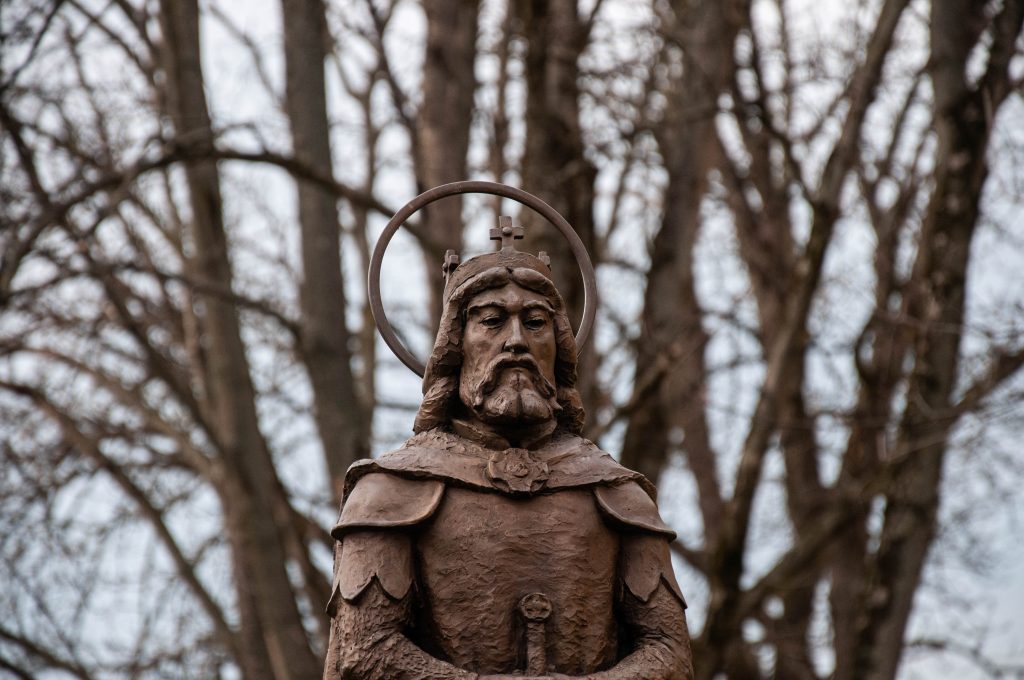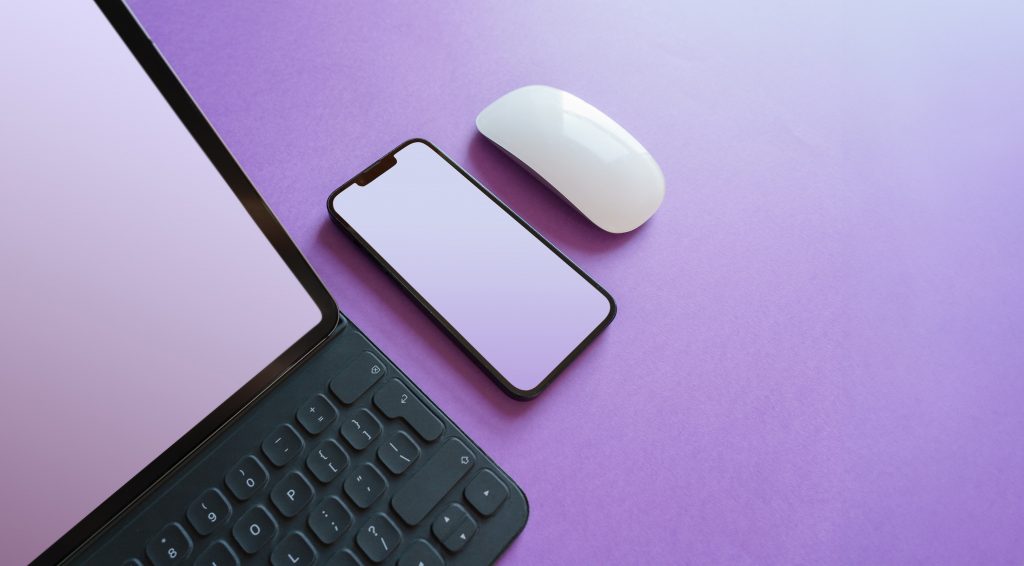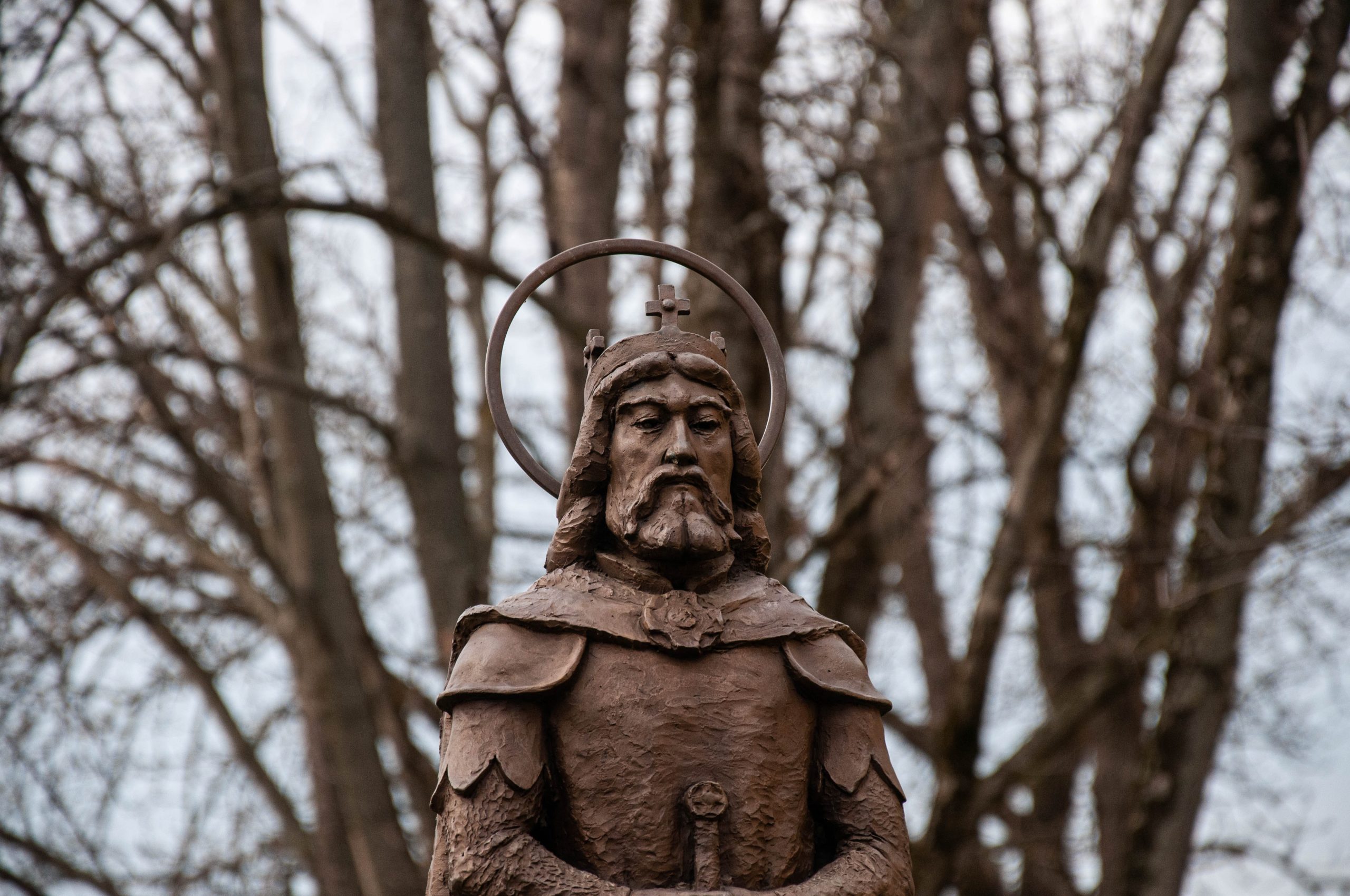Don't miss our holiday offer - 20% OFF!

Read also : Security and Preparedness Enhanced by Smart EWS Technology
The security of cultural heritage remains an enduring challenge. Confronting risks of vandalism, theft, and environmental damage, cultural authorities must diligently safeguard historical assets. In today’s digital age, this sensors have emerged as modern guardians of cultural heritage. This article will explore the secrets behind the operation of security sensors and how this technology plays a crucial role in preserving and protecting our cultural heritage.
Contents
I. Security Sensors: Digital Eyes in the World of Culture

Read also : Comfort and Security with Smart Living Technology
Security sensors act as digital eyes that continuously monitor museums, cultural sites, and historical locations. They work tirelessly, overseeing doors, windows, and spaces where historical artifacts reside. Motion sensors trigger alerts in case of intrusions, and surveillance cameras capture crucial evidence.
II. Smart Detection Technology: The Role of Security Sensors in Safeguarding Cultural Artifacts

Read also : Gas Hazards Detection: Motor Safety with Gas Sensor
Modern security sensors feature smart detection technology that enables the identification of potential threats. They can distinguish between legitimate visitors and suspicious behavior, facilitating rapid and precise responses in risky situations.
III. Integration of Security Sensors into the Global Security System

Security sensors are a vital component of the global security system. They are interconnected with other devices, such as fire alarms, theft alarms, and access control systems. This integration ensures a coordinated response in emergency situations.
Conclusion
Security sensors are the modern linchpin of protection for our cultural heritage. They maintain the safety and integrity of historical artifacts while minimizing the risk of damage. Unveiling the secrets of how security sensors operate is the first step in appreciating the role of technology in preserving our cultural heritage. In the future, we can rely on these digital eyes to safeguard these valuable legacies and pass them on to the generations to come. It’s a modern investment in protecting our precious past.





